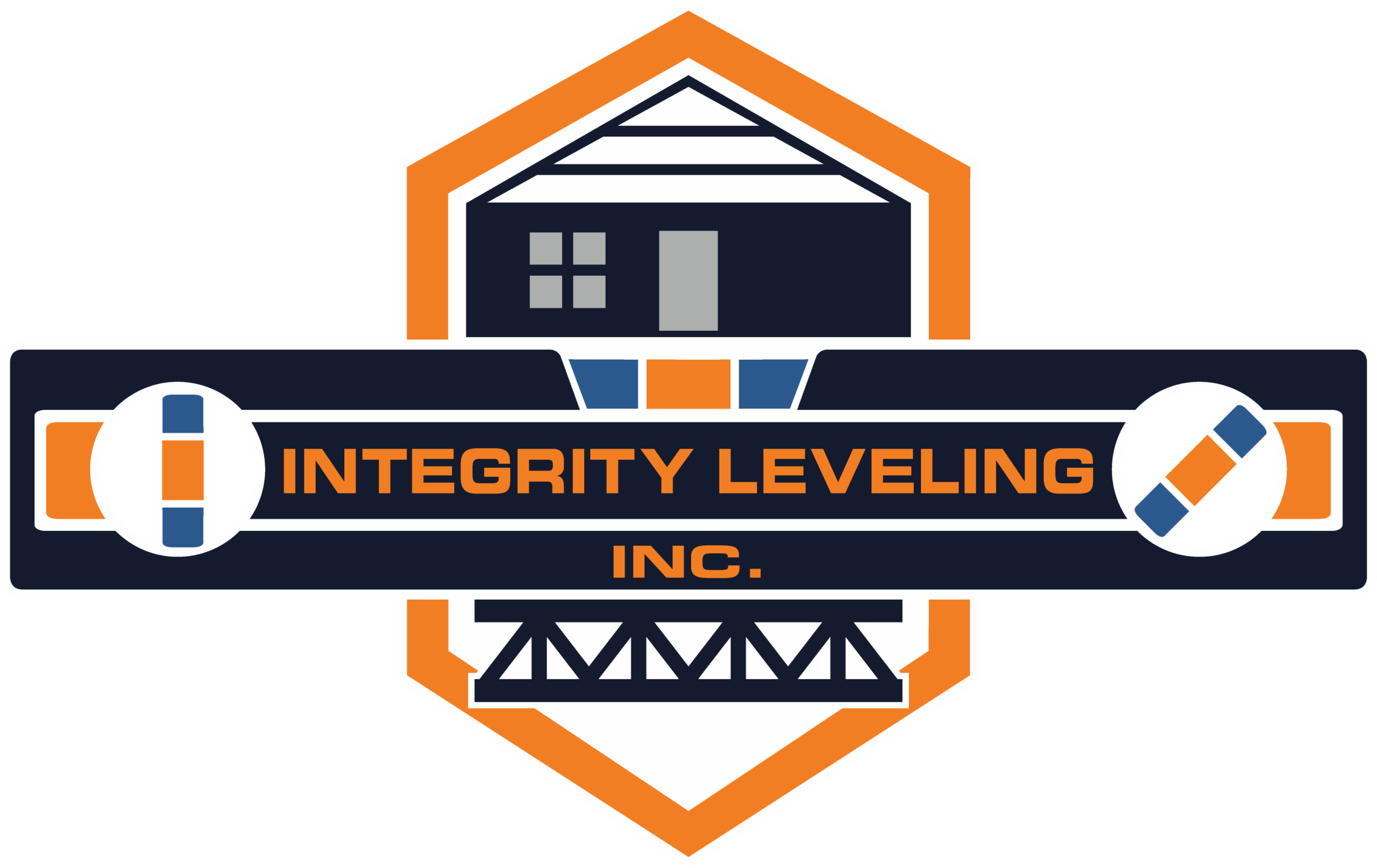Your mobile home foundation is the backbone of your home’s stability, and it’s more vulnerable to the weather than you might think. Unlike site-built homes, mobile homes rely on piers, beams, or blocks placed on soil—meaning that anything that affects the ground directly impacts your home’s foundation.
Over time, mobile home settling problems caused by changing weather conditions can lead to uneven floors, cracked walls, or even serious structural issues. Understanding how different weather patterns affect your foundation can help you prevent damage, identify issues early, and know when to call for mobile home foundation repair.
Here’s how specific weather conditions impact your foundation—and what you can do about it.
1. Seasonal Changes and Temperature Swings
What Happens:
Seasonal changes bring shifts in temperature and moisture levels that can stress your mobile home’s foundation. In summer, extreme heat causes the soil to dry out and shrink. In winter, freezing temperatures cause the ground to expand (frost heave), lifting and shifting your foundation supports.
Signs to Watch For:
- Cracks in walls or ceilings
- Windows or doors that no longer close properly
- Floors that feel uneven or bouncy
Actionable Tips:
- Schedule annual inspections to detect seasonal movement
- Use insulation and vapor barriers to reduce moisture fluctuations
- Ensure skirting is intact to protect from extreme cold
2. Heatwaves and Hot Climates
What Happens:
Heatwaves are occurring more often than they used to in major cities across the United States, causing issues for buildings and mobile homes alike. Prolonged heat dries out soil—especially clay—causing it to shrink and pull away from support piers. This creates voids under the home, increasing the risk of uneven settling.
Signs to Watch For:
- Gaps between the ground and foundation blocks
- Foundation cracks due to shifting
- Drooping or sagging floors
Actionable Tips:
- Maintain consistent moisture around your foundation using soaker hoses
- Add shading or landscaping to reduce ground temperature
- Monitor soil conditions during peak summer months
3. Freezing Temperatures
What Happens:
In cold climates, moisture in the soil freezes and expands, pushing up on foundation piers. This is called frost heave. Once the ground thaws, it settles unevenly, causing your home to shift.
Signs to Watch For:
- Cracks in skirting or exterior walls
- Shifting of utility lines or plumbing under the home
- Misaligned doors and windows after winter
Actionable Tips:
- Insulate the area under your mobile home to reduce freeze risk
- Ensure proper drainage so water doesn’t collect and freeze beneath the home
- Use pier pads or adjustable supports designed for frost-prone areas
4. Storms and Heavy Rain
What Happens:
Storms bring intense rainfall and strong winds that can destabilize your foundation. Saturated soil becomes soft and may no longer support the weight of your home. Shifting or erosion around piers can cause rapid settling.
Signs to Watch For:
- Soft or muddy soil around foundation supports
- Noticeable leaning or tilting of the home
- Water pooling under the home
Actionable Tips:
- Install gutters and downspouts to direct rainwater away
- Grade the soil so water flows away from the foundation
- Inspect the foundation immediately after major storms
5. Flooding
What Happens:
Flooding can wash away the soil supporting your home or corrode metal piers. Prolonged water exposure increases the risk of mold, rot, and structural instability.
Signs to Watch For:
- Water stains or standing water beneath the home
- Rust on metal supports or shifting blocks
- Floor sections that become soft or warped
Actionable Tips:
- Elevate your home if located in a flood-prone area
- Use flood-resistant materials for skirting and support structures
- After flooding, schedule a professional foundation repair for mobile homes to assess damage
6. Soil Expansion and Contraction
What Happens:
Soils rich in clay expand when wet and contract when dry. This ongoing movement causes stress on the foundation, leading to long-term mobile home settling problems.
Signs to Watch For:
- Vertical or stair-step cracks in walls
- Uneven support under piers
- Noticeable shifting during wet or dry seasons
Actionable Tips:
- Stabilize soil with moisture barriers or chemical treatments
Keep soil consistently moist during droughts using controlled watering - Add a root barrier to prevent trees from stealing soil moisture
7. Drought
What Happens:
Lack of moisture during drought causes extreme soil shrinkage, especially in clay-heavy regions. This reduces support under piers and beams, allowing the home to settle unevenly.
Signs to Watch For:
- Gaps between piers and the ground
- Cracking along the interior walls
- Doors becoming misaligned
Actionable Tips:
- Use landscaping techniques to retain soil moisture
- Monitor for settling and adjust supports as needed
- Have your foundation re-leveled to restore stability
Protect Your Mobile Home Foundation Year-Round
No matter the weather, your mobile home foundation is constantly at risk. At Integrity Leveling, we specialize in diagnosing and repairing mobile home settling problems caused by weather and soil changes. Whether it’s flood recovery, storm leveling, or seasonal inspections, our team ensures your home stays safe and secure.
Need expert help? Contact us today for a professional mobile home foundation repair evaluation—before small shifts become costly damage.
